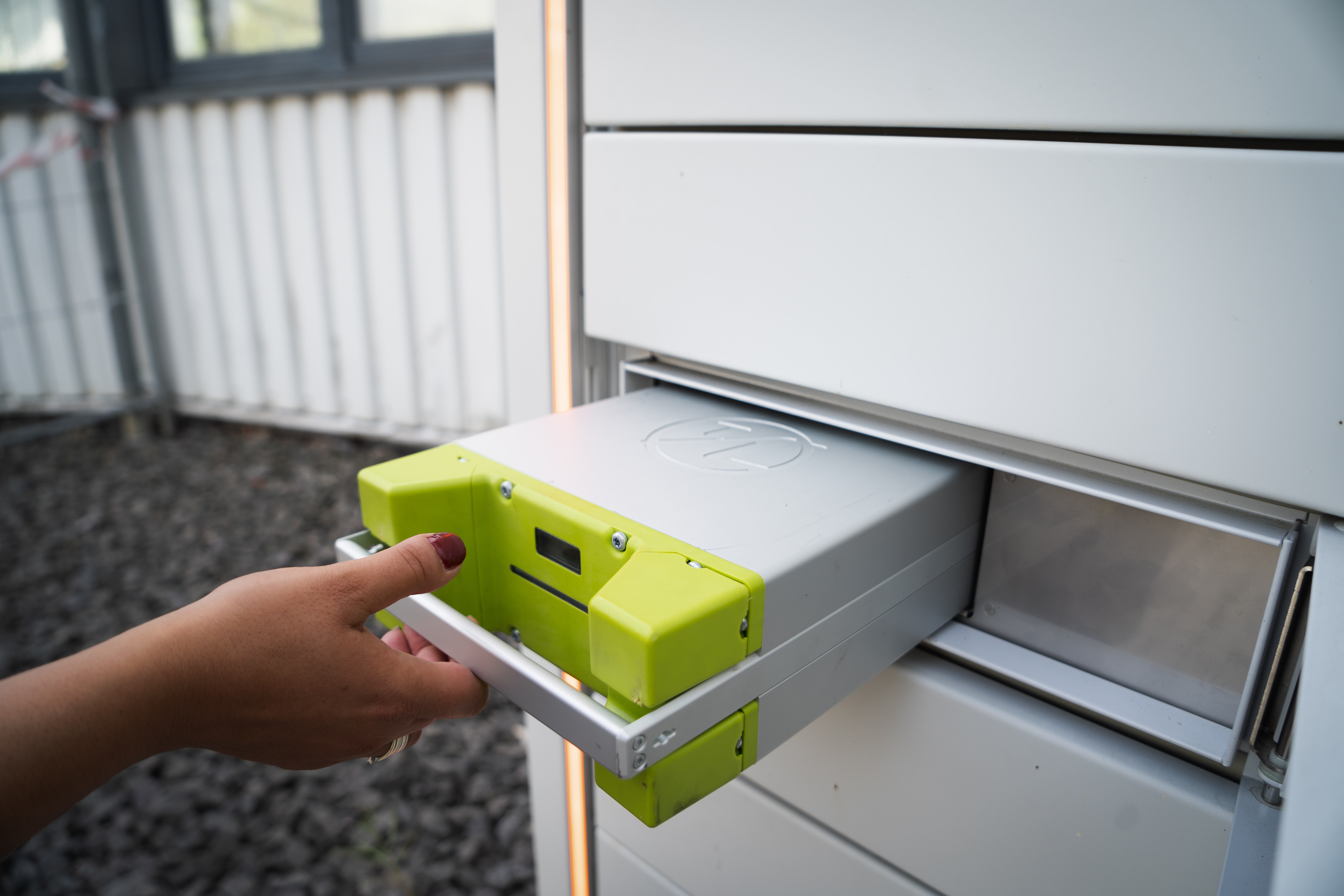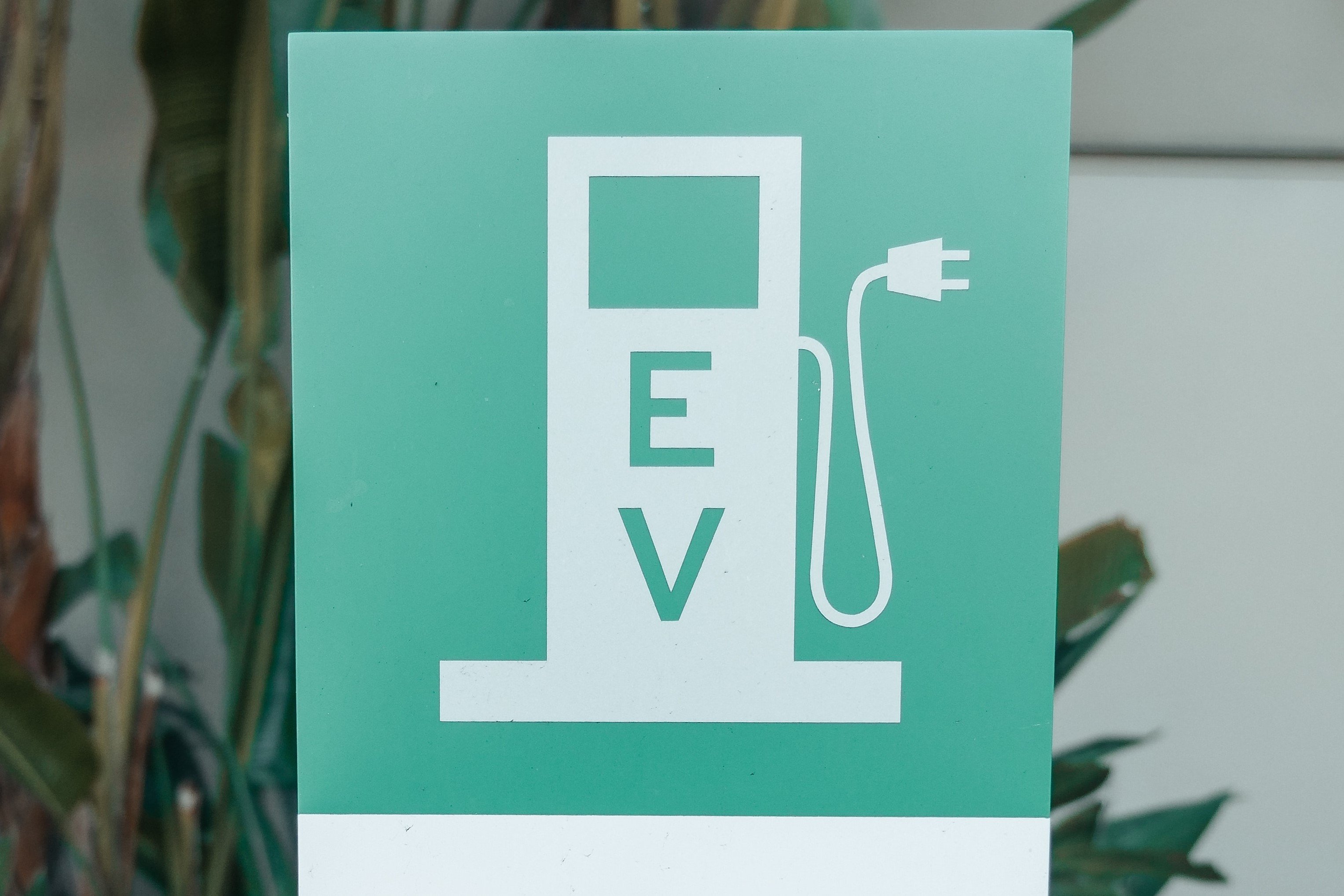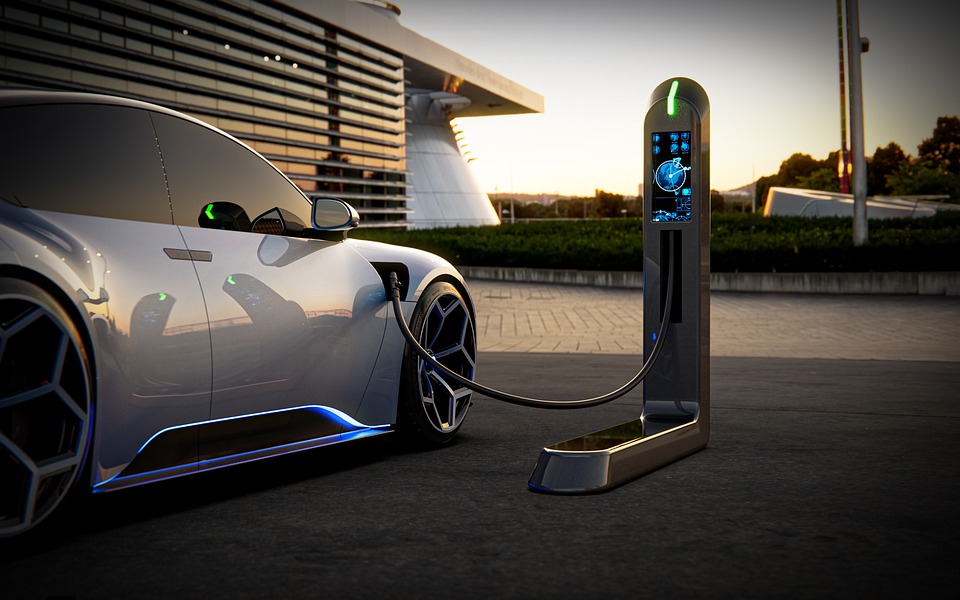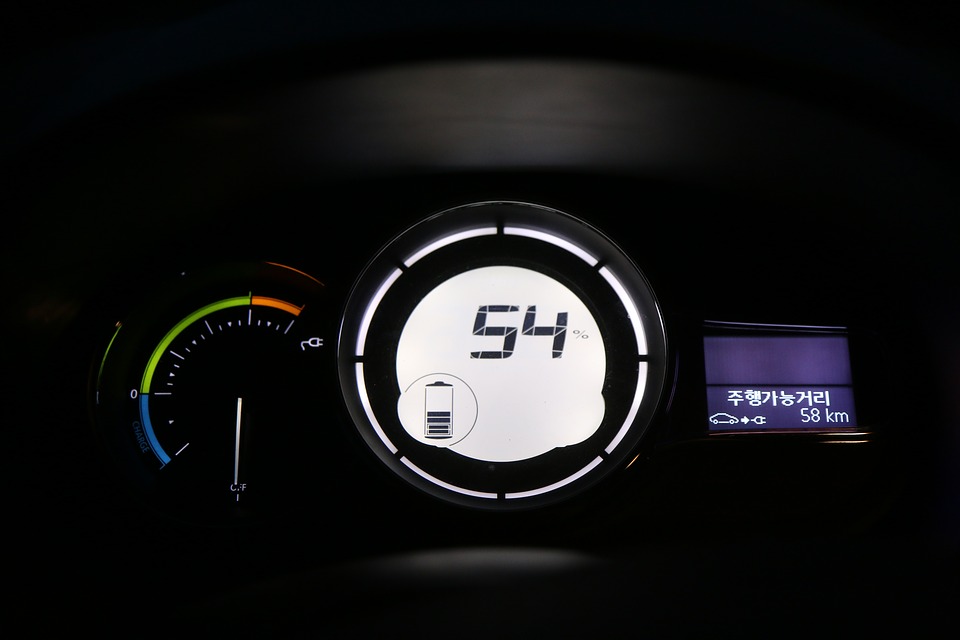A cornerstone of technology development, batteries are ubiquitous, though often unseen. Americans alone purchase nearly three billion dry-cell batteries annually, and nearly 100 million wet-cell batteries are produced each year.
This industry is anything but stagnant, and yesterday’s battery solutions won’t power the future in the way they powered the past. Battery technology is moving rapidly forward, and better batteries are both emerging and emergent.
Four major ways in which the battery industry is changing and improving include device miniaturization, charging speed, grid storage, and overall production capacity.
Smaller Size, Greater Power

Many of today’s most popular consumer technologies require small but powerful battery solutions. That’s why battery developers are investing heavily in order to fit their battery technology in an ever-shrinking package without reducing output or performance.
In fact, a recent Gartner analysis found that battery improvements are already driving consumer spending on wearables, increasing spending on smartwatches by nearly 20 percent last year.
At the same time, many car companies have publicly announced an ambitious transition to all-electric vehicle production in the near future. To this end, as a Wall Street Journal headline succinctly described, “the key to electric cars is batteries.” In other words, smaller and more capable batteries will power this automotive transition, allowing car manufacturers to create electric vehicles (EVs) that will go farther and faster.
As an example of the burgeoning popularity of electric vehicles, Maia Research, an international market consulting company, predicts that the global automotive battery-testing market could exceed $2 billion by 2027, with automotive battery testing expected to grow by 29 percent annually between 2021 and 2027.
At the same time, developers also continue to experiment with new battery chemistries, allowing companies to produce better, more reliable batteries with multiple use cases across disparate industries — not just automotive.
When coupled with the everexpanding capabilities of AI and other related technologies, battery technology is improving across the board. Most importantly, these smaller, better-constructed batteries promise to be safer than their predecessors.
At times, electric vehicles have been plagued by safety concerns, forcing auto manufacturers to issue recalls that dampen consumer optimism, reduce confidence, and hinder electric vehicle proliferation. Next generation battery technology includes self-healing lithium batteries and other chemical constructions that help to reduce risk and improve overall safety standards.
Taken together, developers, manufacturers, as well as consumers can expect smaller, better, safer batteries that can meet the demand for holistically more capable energy supplies.
Fast Charging
Consumers are accustomed to abundant, always-accessible energy, making fast charging an essential element of any sustainable battery solution. This is especially true for electric vehicles. As a Consumer Reports survey found, “a more robust network of fast charging stations would help alleviate buyers’ concerns about switching to an electric vehicle.” In comparison, drivers can refill their cars with gas in mere minutes, so any long-term electric vehicle development will need to provide a similar battery recharging experience.
Ultra-fast electric vehicle charging units are already beginning to make a mark, and when combined with energy storage systems that accommodate fast charging, charging stations can provide a reliable, optimal experience for drivers of electric cars.
While fast charging times are critical to electric vehicle adoption, this battery feature is also critical for other consumer devices. A 2021 consumer assessment found that long battery life and fast charging “matter most for consumers” when purchasing smartphones, laptops, and a range of other devices. From electric car adoption to consumer electronic preferences, fast charging helps eliminate friction from the user experience, making it a critical trend for battery development.
Grid Storage
 As green energy plays a more prominent role in both our current and future energy production, better grid storage solutions are a necessary next step. Solar and wind energy provide sustainable electricity, but energy producers need the capacity to store that energy when the sun isn’t shining or the wind isn’t blowing. In response, the U.S. Department of Energy has invested heavily in long-duration storage, and is also pursuing grid storage solutions that will reduce the cost of long-duration storage.
As green energy plays a more prominent role in both our current and future energy production, better grid storage solutions are a necessary next step. Solar and wind energy provide sustainable electricity, but energy producers need the capacity to store that energy when the sun isn’t shining or the wind isn’t blowing. In response, the U.S. Department of Energy has invested heavily in long-duration storage, and is also pursuing grid storage solutions that will reduce the cost of long-duration storage.
Ultimately, the government agency is striving to reduce the cost of long-duration storage by 90 percent by 2030, making affordable grid storage solutions a top priority for public and private energy utilities.
As better development makes grid storage more prolific, consumers can expect more reliable, affordable, and sustainable electricity.
U.S. Production Capacity
The United States is a global leader in battery innovation and R&D, but its supply chain is less robust than that of many other countries, including Europe and China. Not only does this pose a potential security risk if a geopolitical conflict arises, but it makes energy supplies less controllable and reliable.
As a result, government investments in battery development and manufacturing are beginning to onshore their once disparate operations. For example, GM and LG are establishing new production plants in the United States, and SK Innovation is building a second electric vehicle plant in the country as well.
After years of neglect, U.S. production capacity, including supply chain management, is becoming more capable of meeting the battery-driven technological demand. This is a transformational time for batteries as new technologies and operational realities drive changes and improvements.
To be sure, these solutions will require ongoing testing, refinement, and implementation, but it is clear that battery technology is being reshaped in real time.
Small, better, and safer batteries capable of fast charging will redefine how consumers work, play, and travel. When paired with enhanced, more affordable grid storage and greater U.S.- based production capacity, companies can deliver the product experience that consumers deserve.






